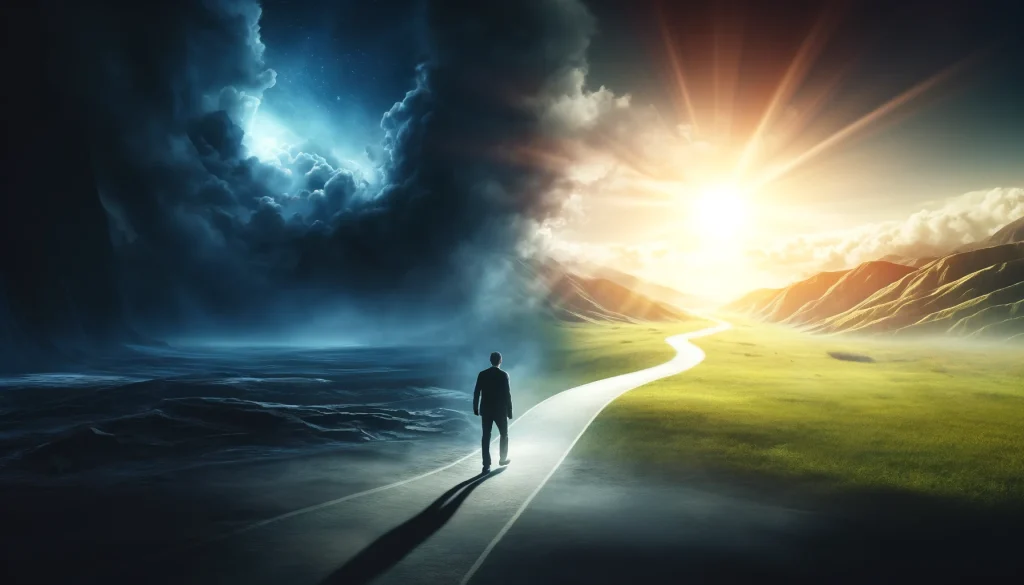
Pornography use can become addictive because of a complicated mix of psychological, biological, and social influences. Knowing how these factors interact makes it easier to understand why so many people struggle with addiction. Psychological aspects may include seeking stress relief or emotional escape, while biological factors involve brain changes that reinforce repeated behaviour. Social influences like peer pressure or easy access further contribute to the problem.
Imagine a typical evening after a long day at work. Someone might choose to unwind by browsing the internet, and during this leisure time, they stumble upon pornographic content. Here lies the first step towards potential addiction: accessibility. Porn is incredibly easy to access; it’s available 24/7, free or paid, and comes in various forms that cater to different preferences and curiosities.
When people explore different kinds of content, they are drawn to the excitement of something new. Our brains naturally seek new experiences, which has helped us survive and grow. With pornography, there’s always something new to find, whether it’s a different situation, people, or activities. This constant newness releases dopamine in the brain, a chemical linked to pleasure and reward. The surge of dopamine reinforces the behaviour that prompted it, making the person want to repeat the experience.
Let’s learn more about what dopamine does. This neurotransmitter isn’t just about pleasure; it’s crucial for reinforcing behaviours that we need to survive, like eating and social bonding. When engaging with porn, the brain releases dopamine, which creates a strong, rewarding experience. Over time, if a person repeatedly turns to porn to feel good or to cope with negative emotions like loneliness, stress, or boredom, their brain begins to associate porn with a quick and easy reward.
This leads to the next phase: habit formation. As someone consumes porn more frequently, their brain starts to create a habit loop. The cue (feeling stressed or bored), the routine (watching porn), and the reward (a dopamine spike) form a cycle that can become hard to break. The more this cycle repeats, the more the behaviour can start to feel uncontrollable.
With regular consumption, tolerance can develop. Similar to how tolerance works with substances like alcohol or caffeine, the brain becomes less responsive to the same amount of stimulus. This means that over time, the initial types of porn that provided a dopamine rush might no longer have the same effect. To achieve the desired high, a person might start seeking more extreme or varied content. This escalation can intensify the addictive cycle, making it increasingly difficult to find satisfaction.
As the cycle of consumption and escalation continues, a person may become desensitised—not just to the content they’re viewing but also to other experiences in life. Activities that used to bring joy, like spending time with friends or pursuing hobbies, might lose their appeal because they don’t provide the same intense dopamine release as porn does. This shift can lead to a narrowing of interests and activities, where porn becomes one of the few sources of pleasure.
The role of social and emotional factors cannot be understated. If someone feels isolated or lacks meaningful connections with others, they might turn to porn as a way to feel less alone or to momentarily escape their feelings of loneliness. The privacy and anonymity of consuming porn online can make it a seemingly safe way to explore sexual desires without fear of judgment or rejection. However, this can also lead to a cycle where the person becomes more withdrawn from real-life relationships, increasing their reliance on pornographic content for emotional or sexual fulfillment.
Lastly, the addictive cycle is often compounded by feelings of shame and secrecy. Due to the stigma surrounding porn use, people might feel embarrassed or guilty about their habits, which can prevent them from talking about their struggles or seeking help. This secrecy can exacerbate feelings of isolation and stress, fuelling the cycle of addiction further. In conclusion, porn addiction happens due to a mix of biological responses, habits, emotional needs, and social situations. Every person’s experience is different, shaped by their unique background, surroundings, and biology. Knowing these factors helps explain why porn addiction occurs and why it can be hard to overcome.
Struggling with porn addiction? You’re not alone. At My Practice Counselling Melbourne, our accredited specialist Jonathan Riley can help you develop healthier coping mechanisms and build a more fulfilling relationship with intimacy.